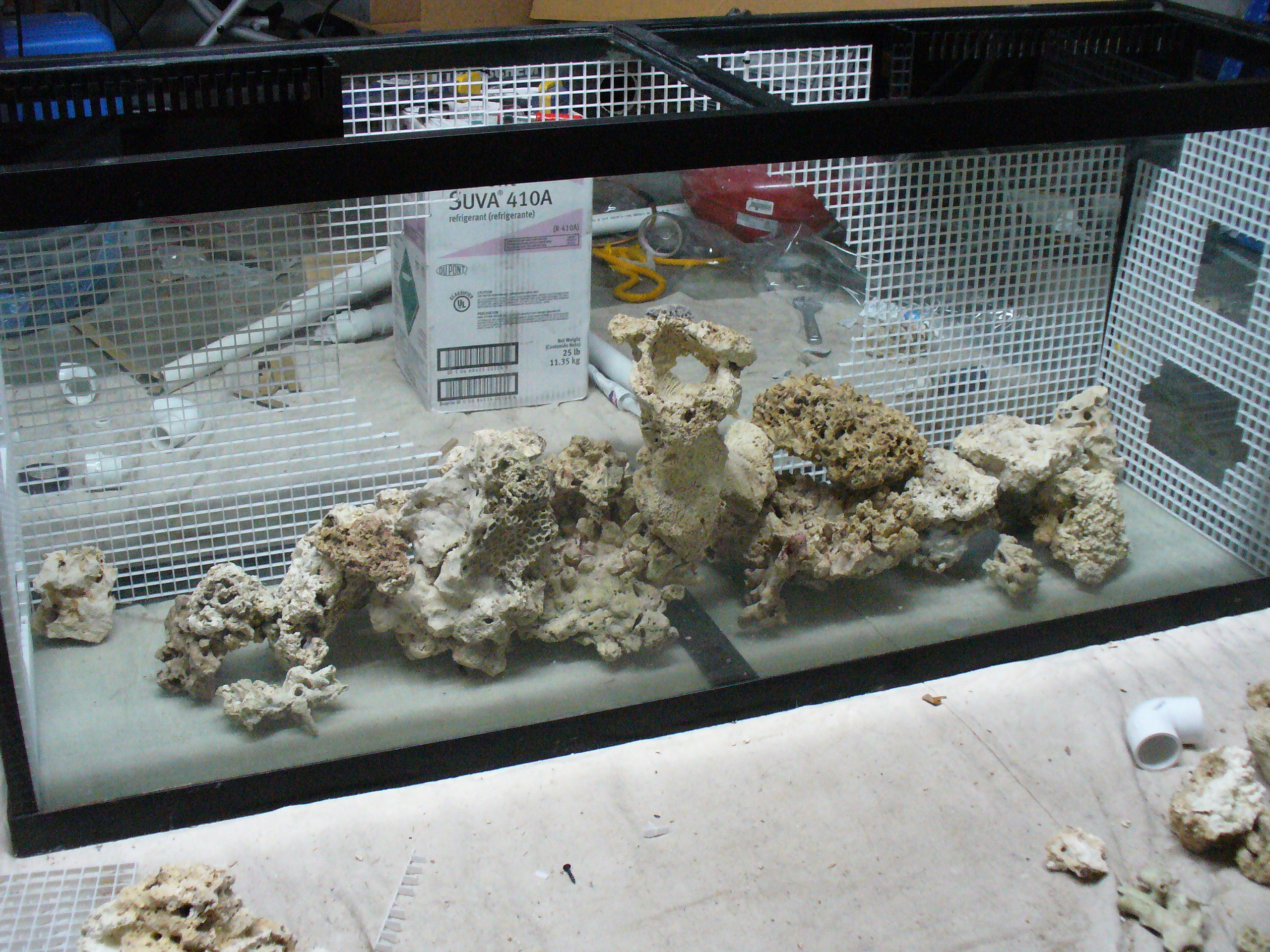Quote:
Originally Posted by
Phixer http:///t/393283/lowes-or-hd-marine-2-part-epoxy#post_3525053
It depends on the manner in which the crack is repaired IMHO. For pressure applications epoxy is best applied to the inside of the crack so it works as a plug with the pressure forcing the epoxy into the crack. Basically a type of shoring so to speak. If applied to the outside of the crack as a patch there is a greater likelihood for the material to delaminate from the parent surface over time. But for a sprinkler, it may take awhile.
Epoxy is also susceptible to becoming brittle under direct and intense UV light (such as in a reef tank). Learned this when building plywood tanks and realized the value in fiberglass matting and polyurea as the waterproofing topcoat.
I used an internal plug of JB Weld waterproof epoxy putty for the RODI very similar to how a tire is plugged.
40/42 also does a good job for acrylic, I really like the 2 part stuff.
Regardless how it is applied it doesn't attack and dissolve and "melt" the acrylic.....So no it's not the correct means to fix the crack. And yes the epoxy mentioned does get brittle and I did quite a bit of trial and error while bonding my rockwork with the epoxy and acrylic rod......

